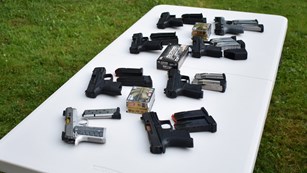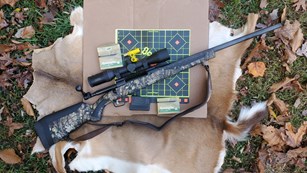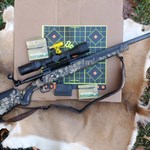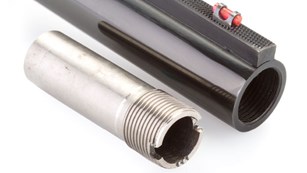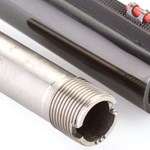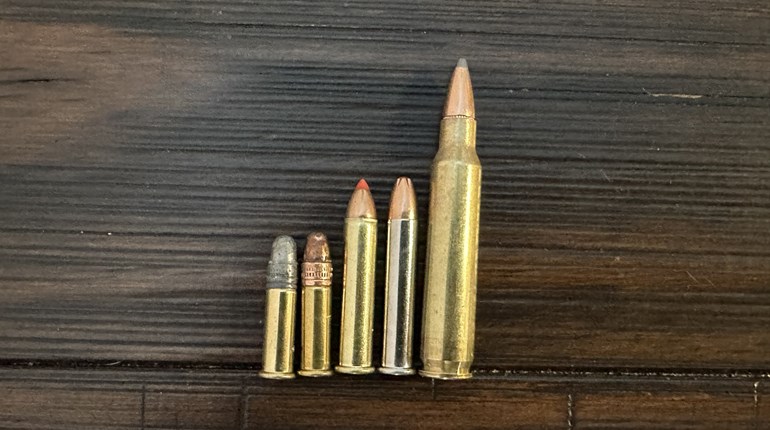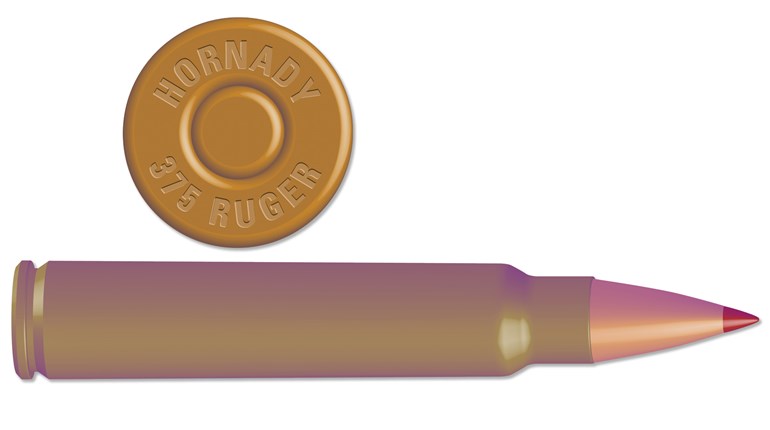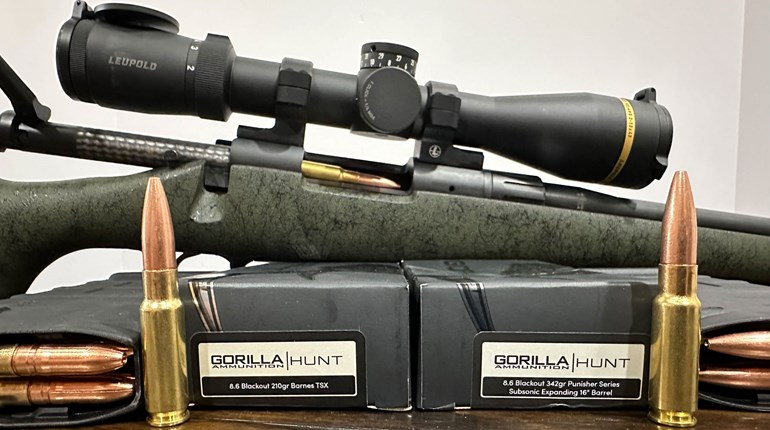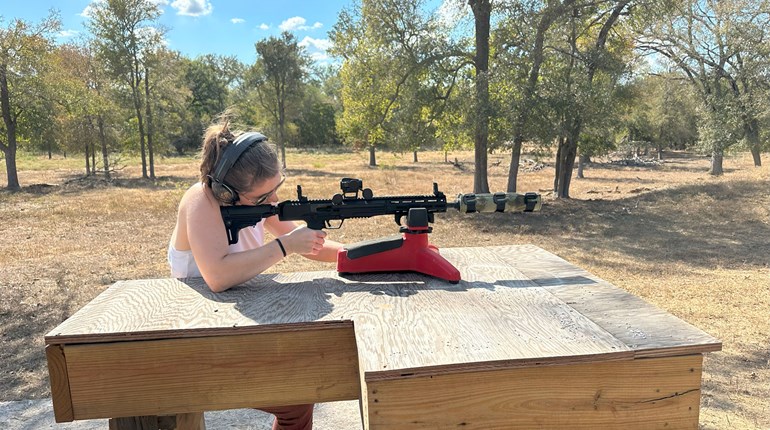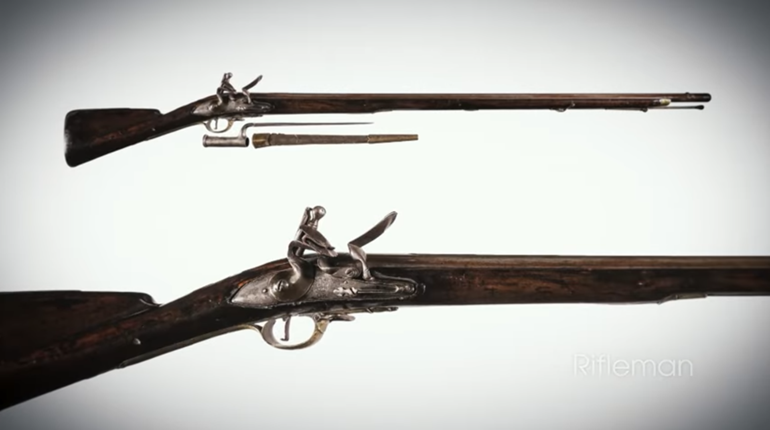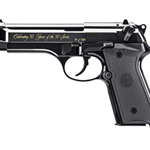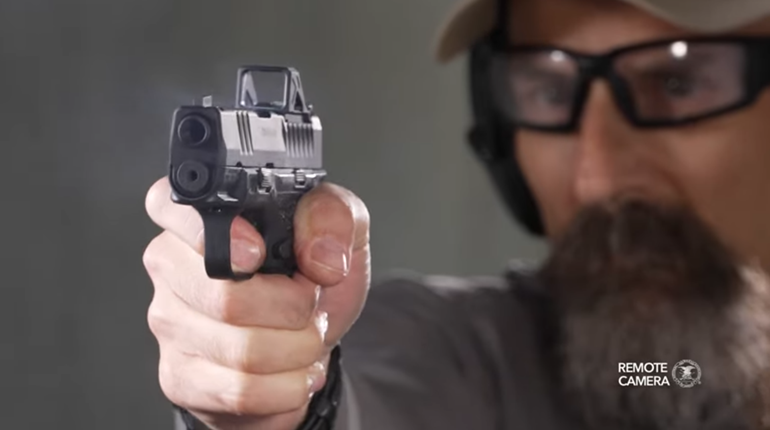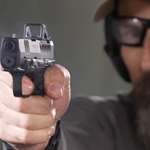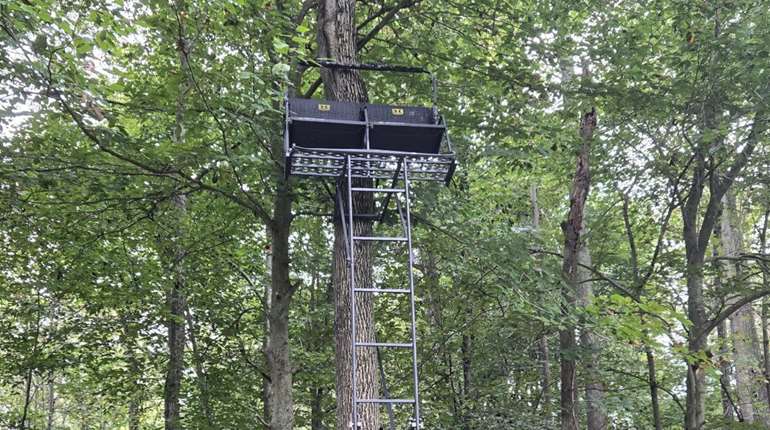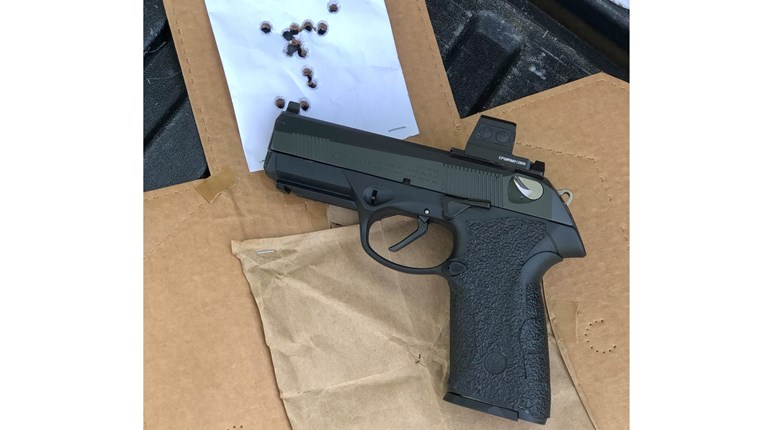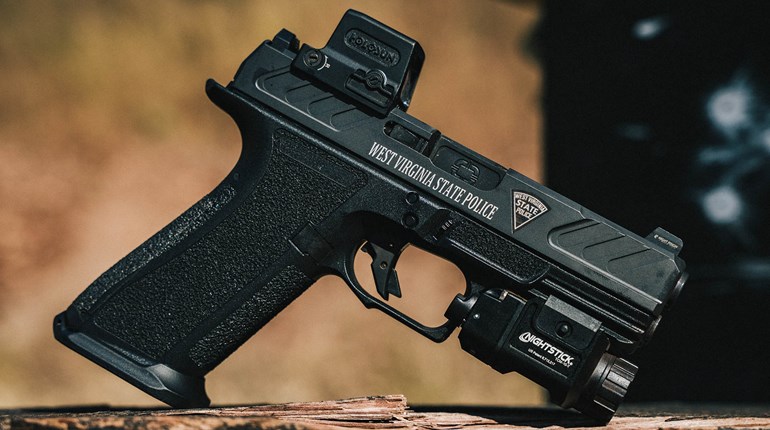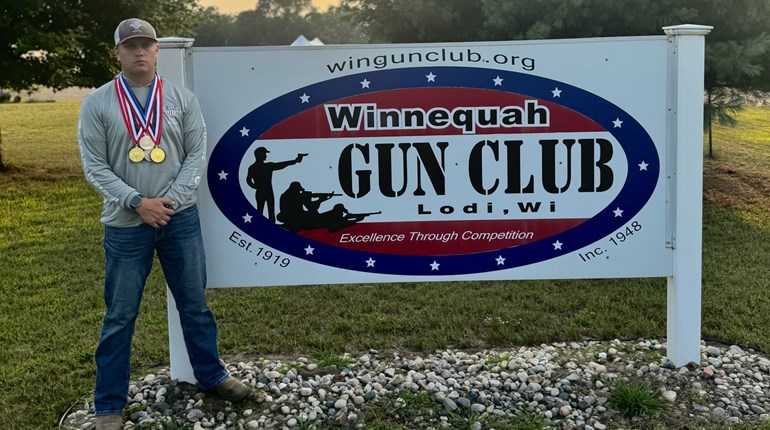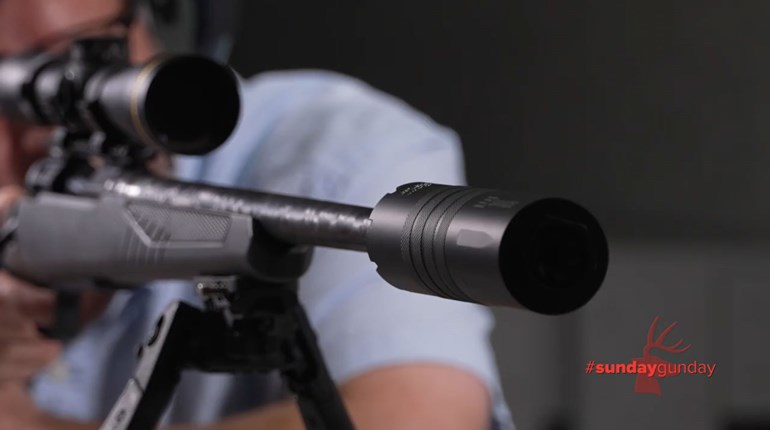
Building AR-style firearms and 700-pattern bolt guns is almost a normal thing in the gun industry today, but what about making your own cartridge? My great-grandpa and grandpa built their own wildcat-chambered rifle in the late 1980s (for those who don’t know, a “wildcat” cartridge is one that isn’t offered commercially or has a SAAMI spec). Built on a modified 1909 Argentine Mauser, the gun fired a cartridge based on the .300 Winchester Magnum, but necked the cartridge up to .375-caliber to fire big-bore bullets. They knew a .300 Win. Mag. cartridge held a tad more powder than the .375 H&H – a popular, potent big-bore magnum still used today. Even then—nearly 40 years ago—my grandpa and great grandpa saw the benefits of a more modern .375-caliber magnum rifle cartridge. But how does this wildcat anecdote relate to the subject of this article?
Bigger Isn’t Always Better
Ruger and Hornady brought the big-bore, standard-action concept with the .375 Ruger in 2007, roughly two decades later. But why bring something like this to market, aside from the better ballistics my ancestors saw? A couple problems stemmed from the H&H cartridge (and others, but this is the main .375-caliber cartridge many think of, which is why we’ll use this cartridge as the standard for comparison’s sake).
The case itself is extremely long, so guns chambered in the cartridge tended to be pretty heavy, as the action needed to be long to house such a large cartridge. Barrels also needed to be long to make the most use of all that powder in the case. Plus, older cartridges use belts for headspacing; a belted case isn’t bad, but modern engineering and case design makes the belt unnecessary in modern times. While both issues can be compensated for, they present some other problems. And the .375 Ruger offers solutions across the board.
Engineered to Do More with Less
Typically, hunting dangerous-game animals requires a minimum bullet diameter of .375 in most African countries. Shooting through dangerous game is difficult because they’re so big, and with a dangerous animal—like a Cape buffalo—you want to make sure you do your job as quickly as possible. The closer to the target, the better, as it minimizes a miss, and the bullet has more energy. A long gun in dense vegetation doesn’t mix when it comes to handling, swift aiming, or follow-up shots. Add this to the list of reasons to consider a .375 Ruger over any other .375 cartridge. Helping the energy output is the extra case capacity.
You might be wondering why the shorter case of the Ruger bests the longer case of the H&H when it comes to ballistics (we’ll get there shortly, but it does). It comes down to each case’s body taper. The .375 Ruger makes use of a wider case-body profile, which opens the internal volume of the case to house more powder, even with less length. Think of it like opening a bottle neck wider to fit more liquid in said bottle, allowing you to shorten the bottle without sacrificing volume.
Old(ish) Dog, New Tricks
There’s a reason the .375 H&H is still around; it works. So, is the Ruger worth the somewhat cult following it has compared to the classic? The ballistics will tell. There are only a few standard bullet weights for .375-caliber hunting bullets for which both the Ruger and H&H cartridges are designed: 250-, 270-, and 300-grain projectiles (yes, there are match bullets in .375-caliber, but those are reserved for very specialized cartridges, like the .375 Cheytac). Using a consistent powder between the Ruger and H&H case, we see with a 250-grain bullet, you’ll get roughly 10 fps difference with a half grain variance in powder between the Ruger and H&H cartridge.
That doesn’t sound like much. But as bullet weight increases, the differences in speed and case capacity and case design appear. In 270-grain bullet weights, the Ruger is going over 200 fps faster than the H&H, and has 8.5 more grains of H4350 powder doing that extra work. Step up to 300-grain bullets, and we see a difference of over 100 fps, with the Ruger taking the edge, using 4.7 grains more powder.
Ruger takes the cake when it comes to making the most of powder and speed, and case capacity doesn’t diminish because of the much straighter case wall, even though it’s about a quarter of an inch shorter than the .375 H&H based on SAAMI specs. So not only are .375 Ruger guns shorter, lighter, and handier due to the shorter action (this holds true for actual short actions vs long action rifles in general), but the bullets they shoot go faster, and therefore carry more energy.
Cut the Classic?
Remember that rifle I mentioned earlier in .375-.300 Win. Mag.? My dad has it, as well as the custom dies from RCBS his dad and grandpa got to handload for the rifle back in the day. I’ve got my own .375 Ruger rifle (a Savage Model 110 Bear Hunter). Knowing both rifles can do what the .375 H&H can do ballistically, I’ve never wanted to get the H&H variant, especially considering both rifles have advantages over the classic .375 H&H.
Don’t get me wrong: It’s respectable. And there is something classy about it. But the .375 H&H is an outdated cartridge that appears to carry on thanks to pure nostalgia. That said, if you are the nostalgic type, or if you romanticize hunting African game after reading some old-school hunting literature by Hemingway, some of Jim Corbett’s dangerous game exploits, or maybe you wanted to hunt where Walter “Karamojo” Bell did his work with a 7mm, then maybe the .375 H&H is your jam. In that case, in my opinion, you’re also obligated to get the round chambered in a double gun. There’s nothing wrong with it.
But if you want the most modern tech in your big-bore hunting rifle, the .375 Ruger is the way to go. Of course, both cartridges will put down whatever you want, as long as you hit it in vitals. You can’t go wrong with either, especially if you have one or the other; because neither gun nor ammo is cheap, definitely stick with what you’ve got – if you’ve got one at all.

